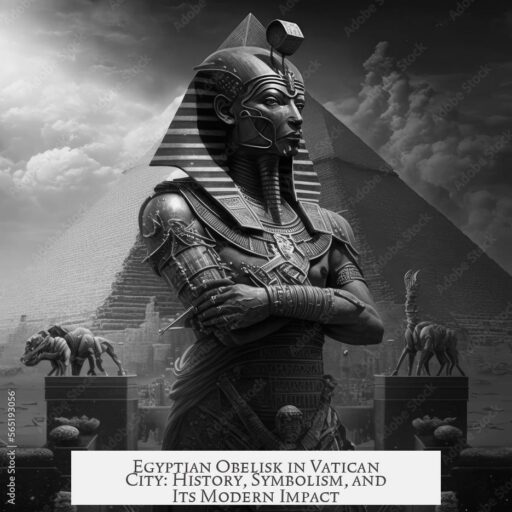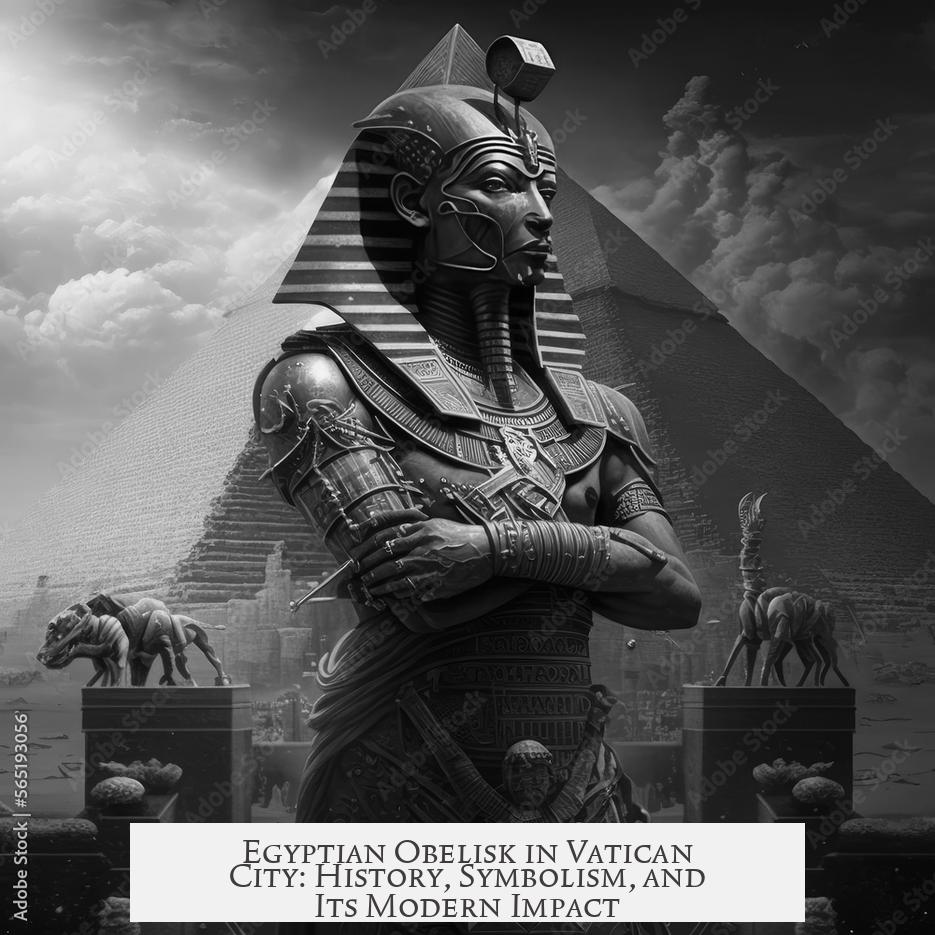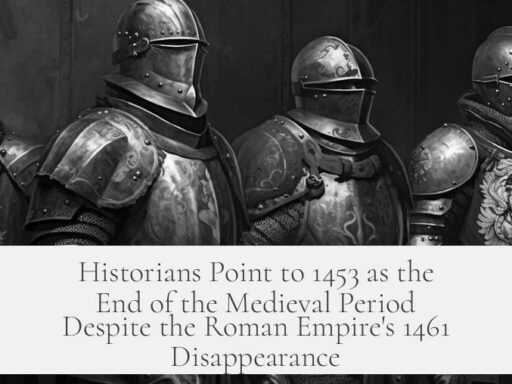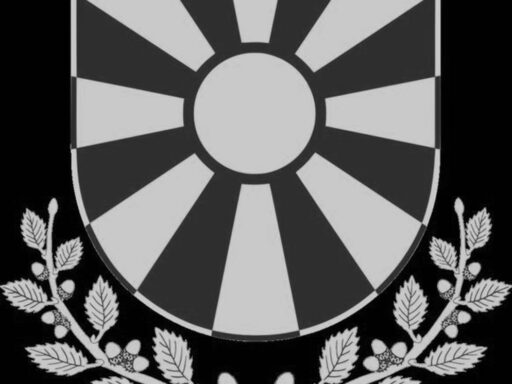The Egyptian obelisk stands in Vatican City because it was brought to Rome during the Roman Empire’s conquest of Egypt and later re-erected under Pope Sixtus V as part of a grand urban reform. Its placement in St. Peter’s Square symbolizes the power of the Catholic Church and reflects the Renaissance effort to Christianize and repurpose classical pagan symbols.
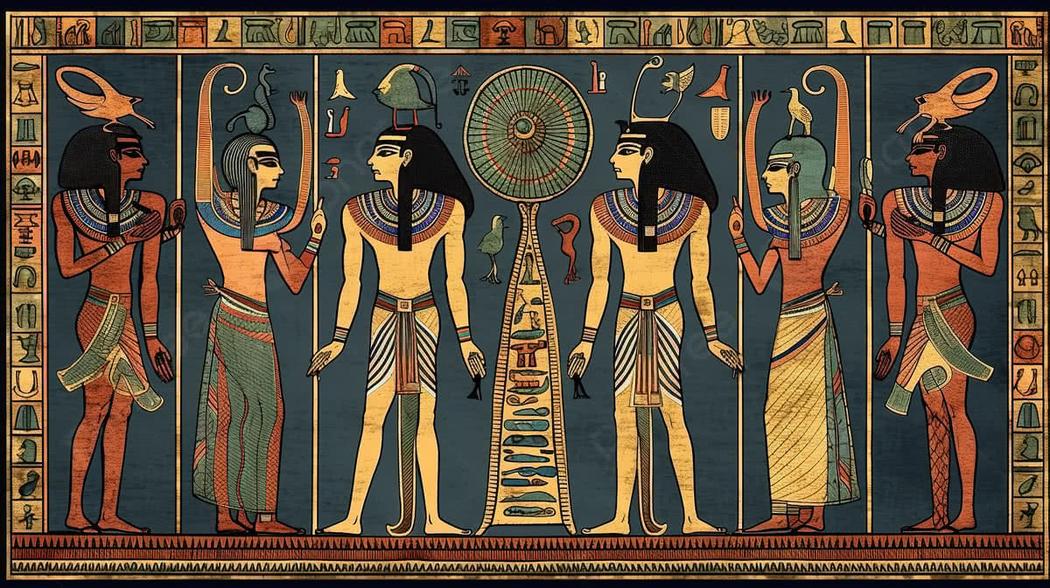
Obelisks originally came from Egypt, often taken to Rome during the era of Emperor Augustus. Rome collected many such monuments after conquering Egypt. However, over centuries most obelisks fell into neglect and were buried or toppled. Many were rediscovered only in the late Middle Ages or Renaissance.
Pope Sixtus V, ruling from 1585 to 1590, revitalized these monuments. In just five years, he led major urban reforms designed by architect Domenico Fontana. The plan included creating straight roads connecting significant parts of Rome. Obelisks served as markers where these roads intersected. This transformation linked ancient Egyptian symbols with the heart of Christian Rome.
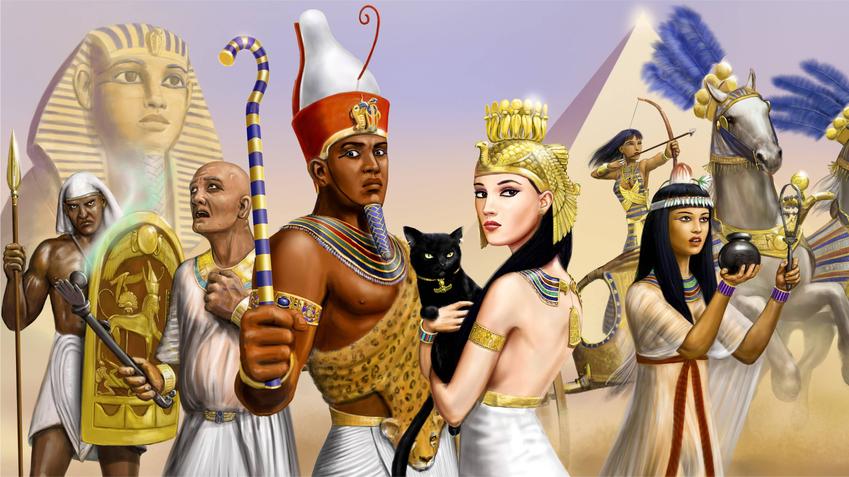
Sixtus V also Christianized the obelisks. The Vatican obelisk’s pagan origins were overwritten by placing a cross at its top. This act turned the obelisk into a Christian monument, symbolizing the Pope’s authority and the Church’s triumph. A belief circulated that a fragment of the ‘True Cross’ lay hidden inside it, further sanctifying its status.
This practice reflected broader Renaissance attitudes toward classical culture. Thinkers and artists of the time aimed to reconcile classical philosophy, especially Platonism, with Christianity. Pagan art and symbols were not discarded but reinterpreted and integrated. The presence of Sibyls in the Sistine Chapel alongside Old Testament prophets illustrates this blending of traditions and reverence for ancient wisdom as prefiguring Christ’s coming.
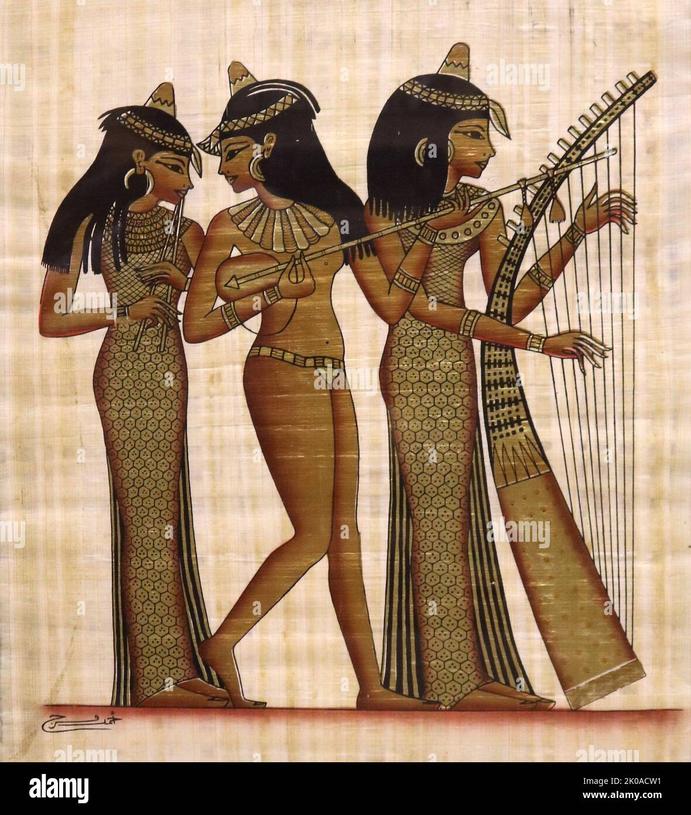
| Key Points |
|---|
|
Why is the Egyptian Obelisk in Vatican City?
The Egyptian obelisk in Vatican City stands as a bold statement of power, faith, and history, blending pagan origins with Christian symbolism in a way that captures the spirit of Renaissance Rome and the ambitions of the papacy. But why this ancient Egyptian monument? Why here, at the heart of Christendom in Vatican City?
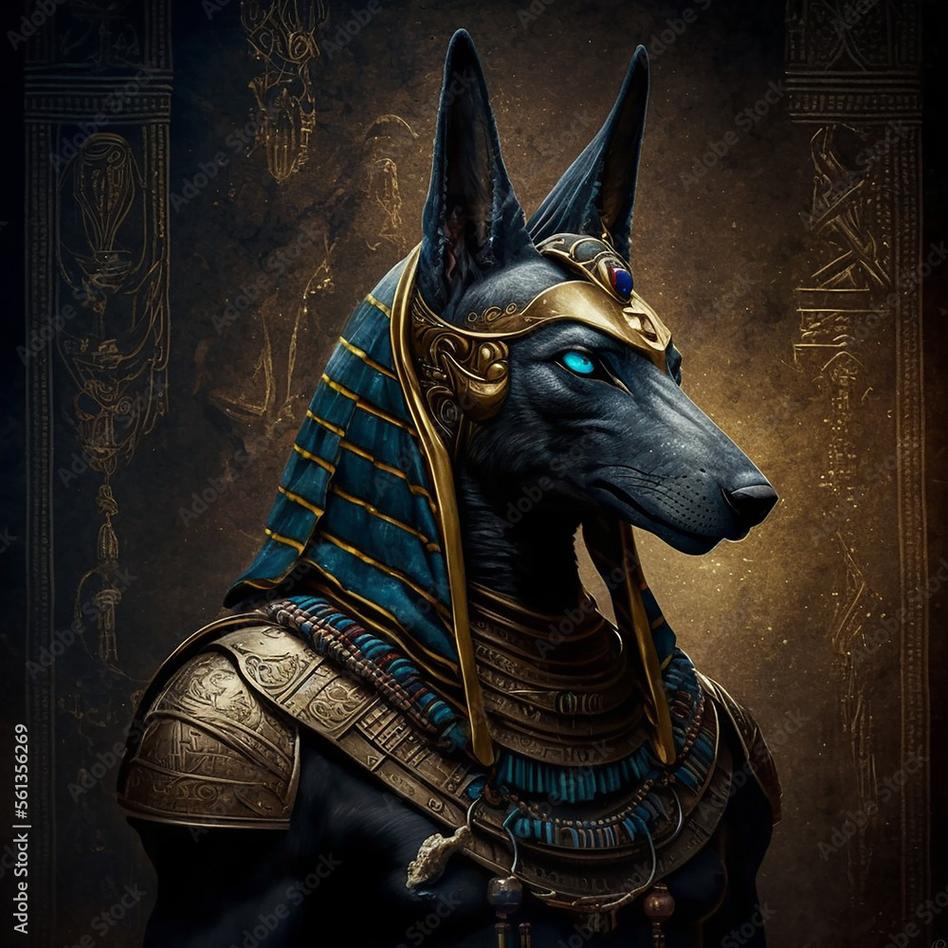
First, let’s understand the obelisk’s journey.
The Roman Obelisk Shuffle: From Egypt to Eternal City
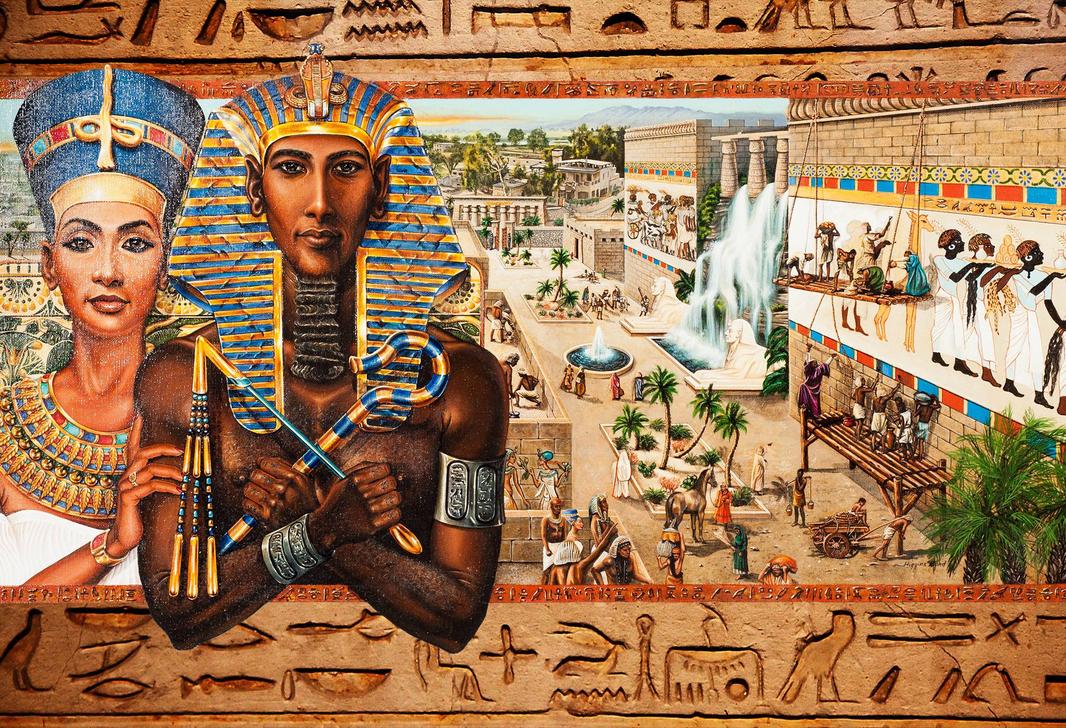
Obelisks originally come from Egypt. They are tall, slender stone pillars with a pointed top, often inscribed with hieroglyphs praising pharaohs. When Rome conquered Egypt in 30 BCE, many of these obelisks were brought over as trophies of conquest. Augustus, Rome’s first emperor, played a key role in transporting obelisks along the Nile and Mediterranean to the Roman capital. Imagine the logistical feat of hauling these massive granite monuments across the sea without a GPS or cranes!
Rome once hosted thirteen ancient Egyptian obelisks, proudly displayed in prominent locations. However, over centuries, most were neglected, toppled, or buried. Without regular maintenance, the towering monuments succumbed to time and urban changes. By the late Middle Ages, all but one had fallen and were forgotten, buried beneath layers of history and rubble.

Pope Sixtus V: The Urban Reformer and Obelisk Revivalist
Fast forward to the late 16th century. Rome is a city struggling with congestion and disorder, far removed from its classical glory. Enter Pope Sixtus V (1585-1590). A man with a plan, Sixtus embarked on a massive urban reform to restore order, beauty, and spiritual symbolism to the city. He recruited the architect Domenico Fontana to reimagine Rome’s streets and public spaces.
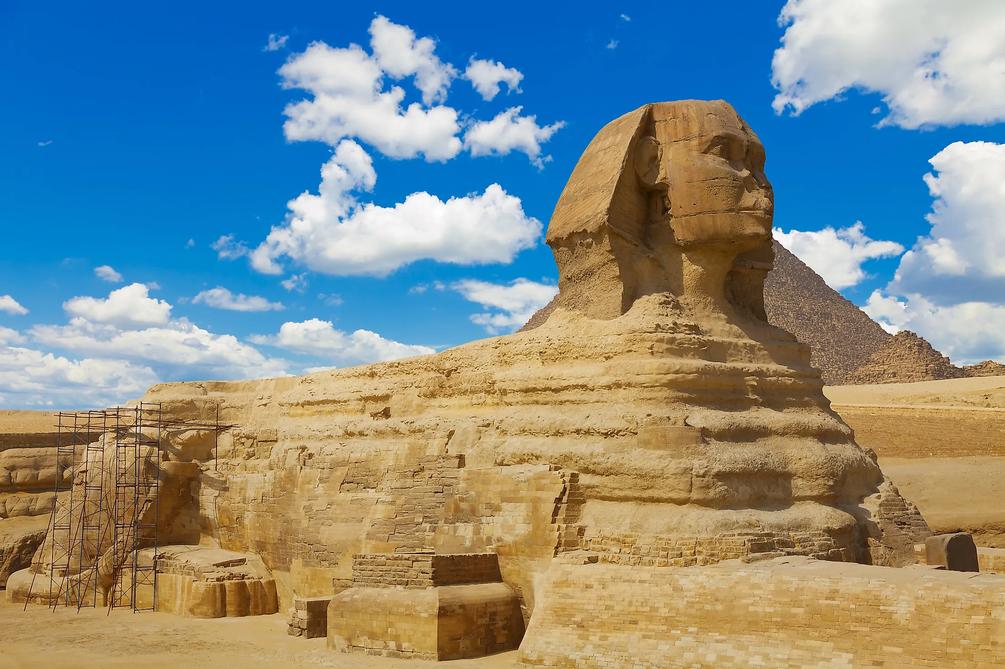
One of Sixtus V’s most striking ideas was to re-erect the fallen obelisks as markers. These ancient monuments, once symbols of pagan power, were now reborn as Christian signposts highlighting the new sacred order of the city. The obelisks were systematically placed to mark intersections of the straight, wide avenues Sixtus created, guiding pilgrims and citizens alike.
Consider the Vatican obelisk: it was dragged from the Caligula-era circus on the Vatican Hill and re-erected at the center of St. Peter’s Square in 1586. This wasn’t just urban planning; it was a powerful declaration.
Symbolism: From Pagan Monolith to Christian Pillar
Here’s the twist. The obelisk’s pagan origins didn’t prevent it from becoming a Christian icon. Sixtus V had a cross placed atop the Vatican obelisk.
Legend even holds that a fragment of the True Cross—the actual cross on which Jesus was crucified—was hidden inside the obelisk. Whether true or not, this myth reinforced its sanctity. The ancient Egyptian pillar was transformed from pagan artifact to holy Christian symbol. It proclaimed the supremacy of the Church and the Pope.
In a way, the obelisk “converted” from being a symbol of Egyptian gods to one of Christ. It became a physical manifestation of how Christianity had triumphed over the pagan past.
The Renaissance Mindset: Blending Pagan and Christian Worlds
This fusion reflects the Renaissance mindset alive in late 16th-century Rome. The Renaissance wasn’t about rejecting the past; it was about embracing classical culture, philosophy, and art as foundations for Christian thought.
Think about Nicola Cusano and Marsilio Ficino, two Renaissance thinkers who reinterpreted Platonic philosophy to fit Christian theology. Or consider the Sistine Chapel ceiling, painted roughly 80 years earlier. It features sibyls—pagan prophetesses from classical mythology—standing alongside Old Testament prophets. The Church tolerated and even encouraged such blending, seeing classical wisdom as foreshadowing Christian truths.
So, the obelisk is a perfect example of this Renaissance integration. A pagan monument is reclaimed, Christianized, and elevated to symbolize papal authority.
What’s in It For Us Today?
Why should anyone care about an ancient Egyptian obelisk standing in Vatican City? For starters, it’s a landmark telling stories of conquest, theology, culture, and politics—all frozen in stone.
If you visit St. Peter’s Square, look beyond the grandeur of the basilica and the crowds of pilgrims. Notice how the obelisk stands silently at the center, anchoring the space physically and symbolically. It reminds us how history weaves layers of meaning into places. And when you see a monument transformed from pagan to Christian, it challenges us to think about cultural adaptation and reinterpretation across millennia.
Practical Tips for History Buffs and Travelers
- Visit early morning: Beat the crowds at St. Peter’s Square and observe the obelisk in peaceful morning light.
- Bring a guidebook or app: Many tours explain the story behind the obelisks, enriching your experience.
- Explore nearby obelisks: Rome has several Egyptian obelisks scattered around. Comparing them can deepen your understanding of how they were repurposed.
- Reflect on symbolism: Think about how symbols change meaning over time as you admire the obelisk’s journey.
In the end, the Egyptian obelisk in Vatican City is more than a relic. It’s a storybook carved in stone telling tales of empire, faith, renewal, and reinterpretation. Next time you’re in Rome, take a moment to appreciate this silent sentinel and all the history it carries.
